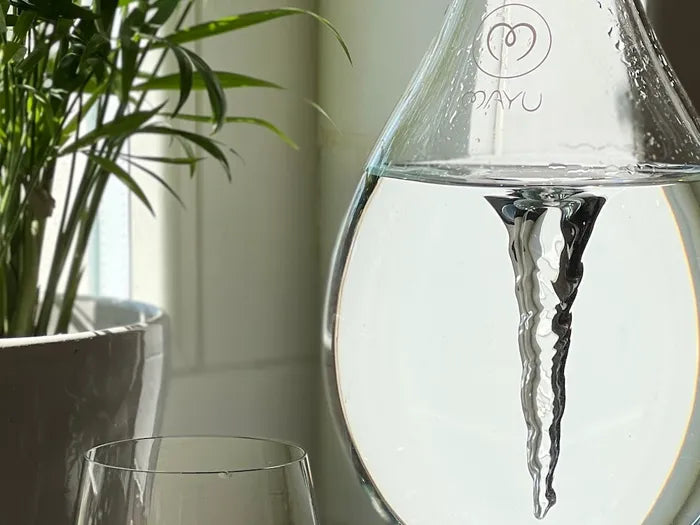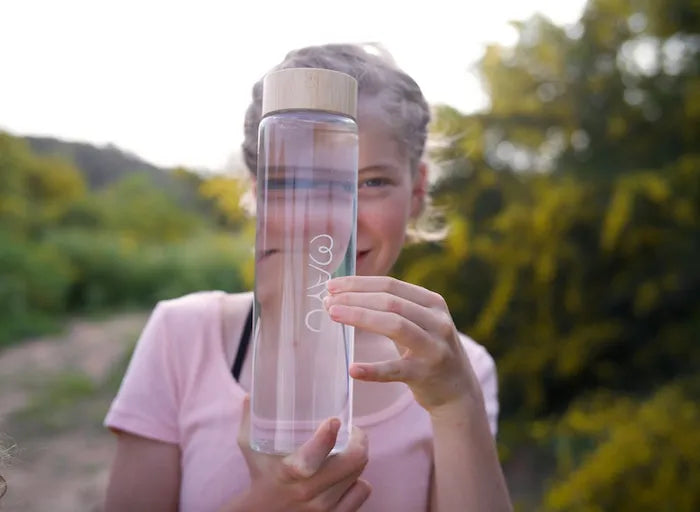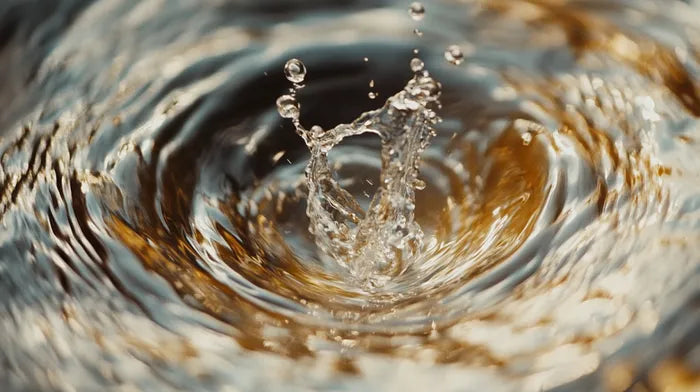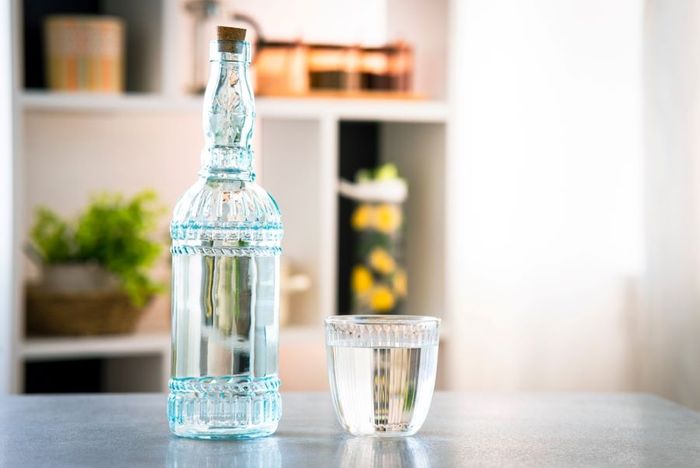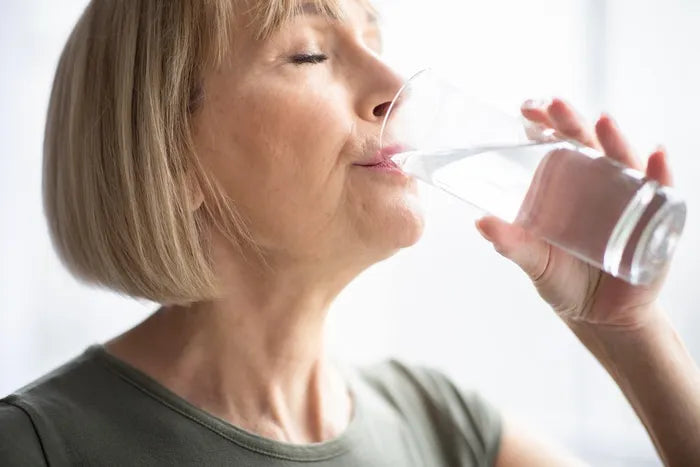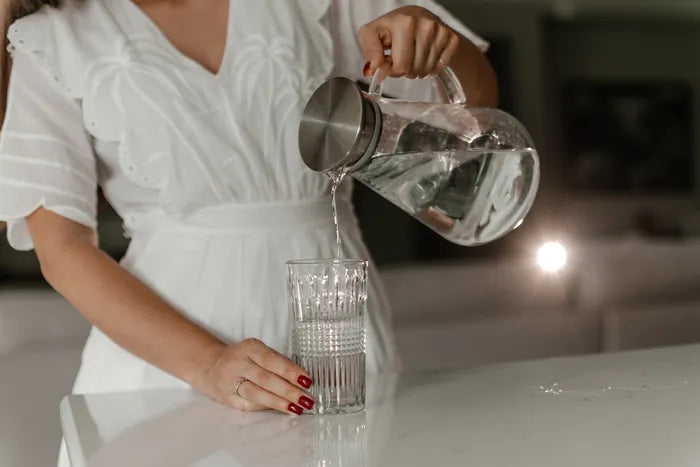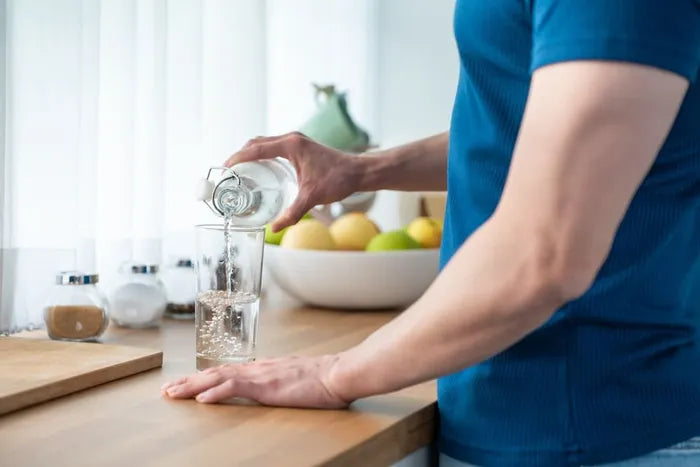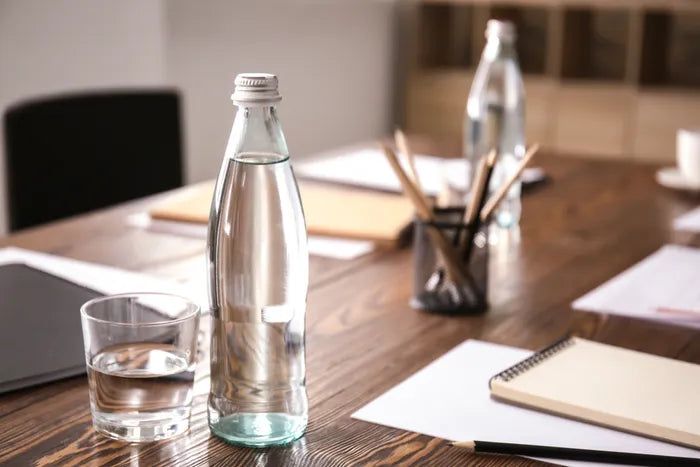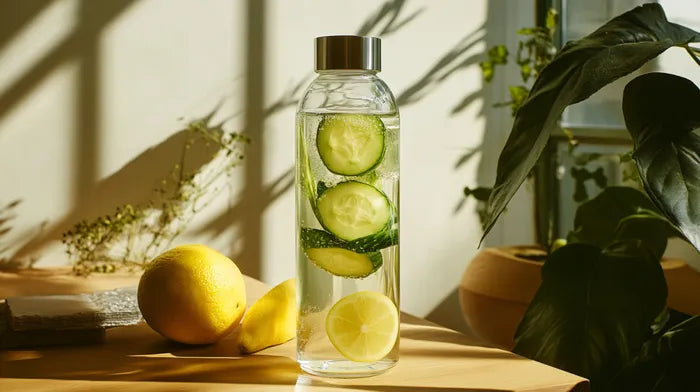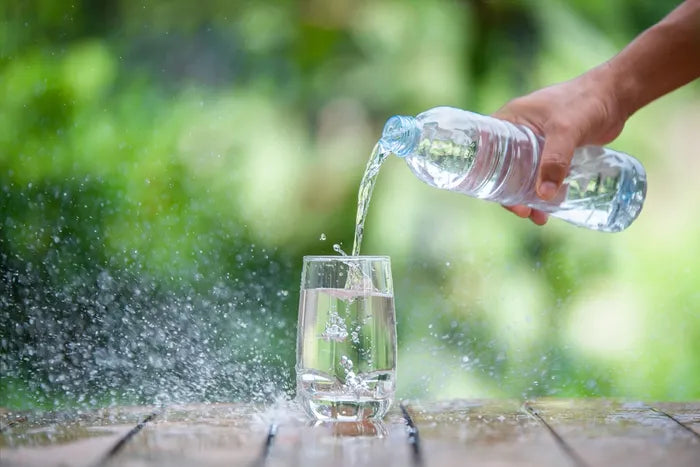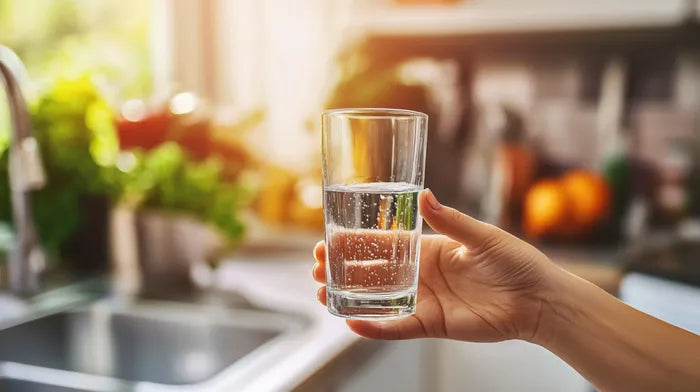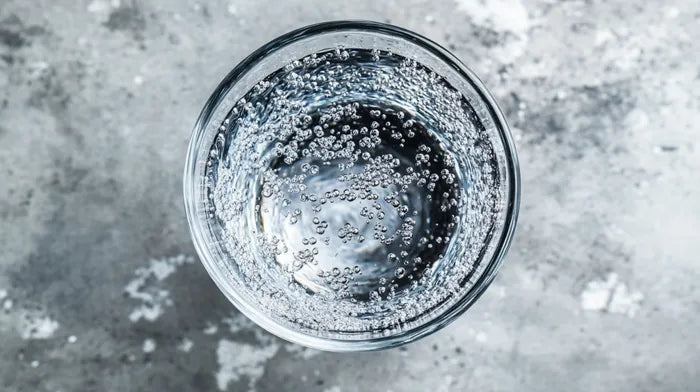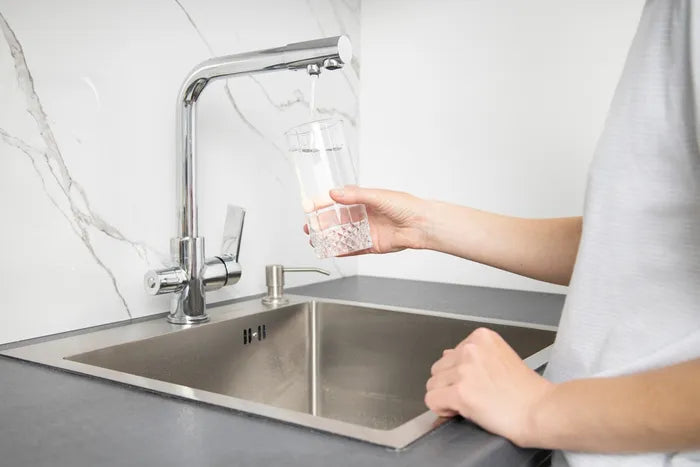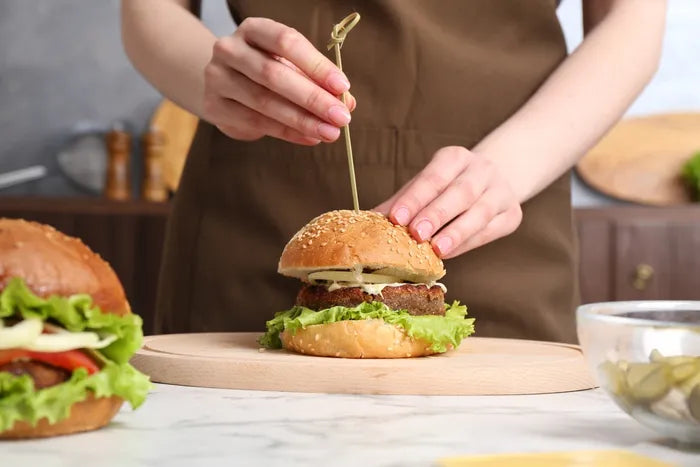The Science Behind Swirling Wine & How to Do It
Updated April 22, 2025

Drinking wine is a great way to relax and enjoy yourself, but there’s more to it than just popping the cork and pouring a glass. Learning about wine-enhancing techniques like swirling will bring your wine-drinking experience to a whole new level.
Swirling helps oxygenate the wine and soften tannins, which can mellow any bitterness in the wine's taste. Not only does this make the wine taste better, but it also allows you to appreciate the nuances of the wine's flavor and aroma even more.
» Unlock your wine's full flavor with our wine aeration tips
Understanding The Science of Swirling
When wine is swirled, the moving liquid generates kinetic energy as its molecules move faster and collide with each other, slightly increasing the temperature as well. This breaks the surface tension and allows more air to enter the wine and form air bubbles, infusing the wine with oxygen, which is essential for converting ethanol into acetaldehyde, a chemical that deepens the wine's color and flavor.
Swirling wine enhances evaporation and releases more of its aromatic compounds, although the wine's aroma also depends on the structure and character of the grape. Aerating the wine brings out hidden nuances in the flavor and wine bouquet, allowing for a deeper appreciation of the wine's personality.
While red wines have more berry and spice smells, white wines feature citrus and flowery notes.
» Learn why aeration improves the wine's aroma
Wine Glass Shape for Optimal Swirling
To enhance your wine-tasting experience, you have to choose the correct glass shape for swirling. To do so, consider the following aspects:
- The best glass shape for swirling has large drinking glass bowl diameters with an increased wetted sidewall area to improve the swirling velocity and release more aromas.
- The glass should be no more than one-third full, so the wine can be swirled without spilling.
How to Swirl Like a Pro
It's impossible to say what the perfect technique is for swirling your wine since everyone's technique is unique. Although there are various tips for aerating wine for improved taste, the most important thing is to keep the speed of the swirl consistent so that the wine has enough time to interact with the oxygen in the glass and release its aromas.
However, too much swirling can cause the wine to become over-aerated and lose its flavor, so it's important to find the right balance.
Follow these steps to effectively swirl your wine in a glass:
- Pour a small amount of wine into a glass, no more than one-third full
- Place the glass firmly on a table
- Hold your glass with your dominant hand by placing your thumb and forefinger on the glass stem
- Make a small, circular motion so that the wine flows along the sides of the glass while keeping the base of the glass on the table
- Maintain this swirling motion for 20-30 seconds, then stop and observe the legs that form on the side of the glass
- Smell the aromas released from the swirling
Your wine is now aerated even without a decanter, and you're all set for that first sip!
Get the Most Out of Your Wine With Mayu Swirl
While swirling may be an adequate way to oxygenate wine, you may want to step up your wine appreciation with an aerator. Using these devices, you can rapidly saturate your wine with oxygen in whatever volume you like. Products like the Mayu Swirl will aerate your wine efficiently while filtering sediments and other unwanted particles, enhancing your overall wine experience.












